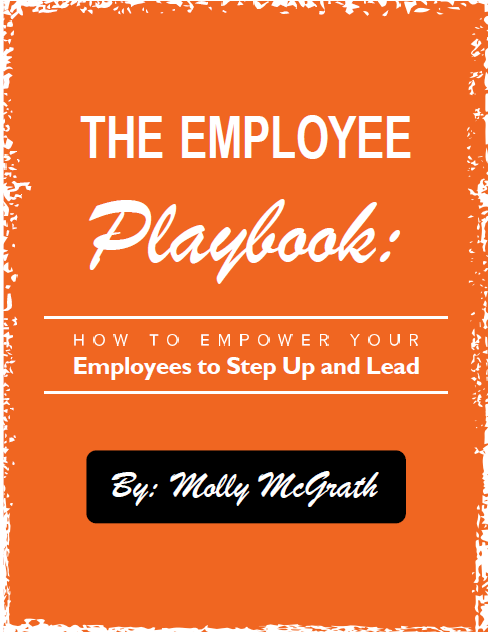 Ever find yourself excited about an idea, but you never seem to take action on it? Instead you continually research it, mull it over and revisit it – but never quite pull the trigger? You might be stuck in analysis paralysis.
Ever find yourself excited about an idea, but you never seem to take action on it? Instead you continually research it, mull it over and revisit it – but never quite pull the trigger? You might be stuck in analysis paralysis.
You certainly need a Fact Finder to research your idea, explore its potential and make sure it is based on actual facts and not just a “fun idea.” Fact Finders balance out the impulsive creativity of a Quick Start. (Fact Finder and Quick Start are Kolbe Action Modes® of the Kolbe A™ Index. The Kolbe A™ Index is neither a personality test nor an intelligence test. It simply gauges how you instinctively react to a situation or problem and gives you an understanding of your innate MO (modus operandi), or how you operate. Your MO governs your actions, reactions, and interactions. It also determines how you communicate and prefer to use your time. To learn more about Kolbe or take your own Kolbe A Index™, visit www.kolbe.com.
Sometimes the challenge to leading a Fact Finder is that the need for facts and information can become a tar pit you can’t get out of. That need to research “just a little bit more” can delay you in taking action. Some of our Team Empowerment Program members said things like, “That’s me! Research and research and research some more. Not good. ” and “Haha. I could research forever if there was nothing to stop me…” On a recent call, a business owner shared how frustrated she was that her ideas just sit there and sit there with no movement, because she keeps researching and considering them and can’t seem to make a decision. She ends up missing opportunities and neglects her promises to get back to people because she is still “looking into it.”
So how do we best benefit from fact finding without letting it be overused? Here are four easy tips to avoiding paralysis analysis:
- Set decision deadlines. Don’t try to quash your desire to fact-find. This is a critical part of any decision or implementation process. However, to keep it from hindering your progress, set a decision deadline. Give yourself a reasonable amount of time to research the matter. Then set a date by which you MUST make a decision or take action. For example, if you are deciding what CRM software to purchase, give yourself a month to research. Do demos, use free trials, look up reviews and ask your colleagues. But set a decision deadline of 30 days to make a decision and purchase your selected program. This makes your research more intentional and focused on producing a result versus just broadly researching. You know you have to get started on any free trials to have time to use them before your decision deadline, and you have to obtain and compare pricing specifics. It gives you a time period to revel in the research, but also defines an end to it AND an intentional outcome.
- Create an intentional research checklist. Fact finding is a broad task and can be literally endless. It can help to create an intentional research checklist. What are the specific things you need to find out? What do you need to ask when you reach out to a salesperson? Rather than getting lost in all the information available, look for your specific checklist items and then scan the rest. Not only does this make your research more focused and less time-consuming, but it makes sure you are consistent in what you are collecting and comparing from one option to another. You are driving the process versus just reading or hearing what is readily available and what is designed to “sell” you.
Team members: This is a fantastic thing to create with your boss or team leader when they assign a project to you that involves you checking into something. Don’t make a project out of it – just a two-minute conversation that goes like this. “Great. I’d love to look into what it would take for us to accept credit cards. I’ll contact at least three merchant service companies and find out:
– What cards we could accept through them;
– What their processing fee is per transaction;
– What their monthly fee is, if any, and;
– What their set-up fee is.
I’ll spend about 10 hours checking into this. Is there anything else you want me to find out?” Your boss may add, “Yes, find out how long it takes to get set up once we decide who to go with and if there is any minimum each month.”
Not only will this save you the time of circling back to each company to find out this additional information, but is saves you the frustration of presenting something you feel proud of to your boss, only to be asked for something you didn’t check on. (Hate that!)
- Create an accountability check. Many people use technology to create tasks, reminders and to-dos for themselves. So we can set a to-do for ourselves with our decision deadline. These work great as reminders, but because we can simply change the due date they don’t always work to get us out of being stuck in research mode. The key is to share these tasks with your team, either verbally or with technology. There is your accountability check – no one likes to show up with their to-dos not done. So if you know your undone tasks will be visible to your team, co-workers and boss (if you aren’t the boss), that will hold you accountable for completing them on time.
One of our Team Empowerment Program members pointed out, “The cool thing about the CLIO tasks is that they have deadline dates…and they turn red if you don’t check them off in time…and everyone knows it.”
- Set specific research time limits. It’s easy to get lost in something we love doing. If researching is what you love, the Internet provides endless amounts of constantly changing information. It’s a researcher’s paradise and nightmare at the same time! Let’s be honest, who hasn’t gone online to look up something quickly and found themselves seduced by the “People Who Viewed This ALSO Viewed…” trick. As you are creating your weekly time template, set specific hours for research so you don’t start a project and then realize it’s three hours later and… This doesn’t mean you are declaring that is all the time you will spend fact-finding this project. It is just looking at your week and saying, “I have two hours for research on Thursday.” This helps you be responsible about the amount of time you are devoting to research and avoids an emergency with your other to-dos by spending more time than you intended. Again, it’s easy to lose track of time when doing something we really enjoy.
Bosses and team leaders – Set research time limits for your team when assigning projects. So often we have ticked-off leaders saying, “What the heck! I can’t believe she spent 10 hours researching the lowest priced copy paper!” Providing a research time limit helps your team member be clear on what you expect. Don’t be the one who exclaims in a team meeting, “This is ridiculous! We pay this much for paper? There has to be a cheaper option out there! Find it – I refuse to pay this again.” That creates a Level 5 emergency to find THE cheapest paper option in town, no matter the time involved. Now you are left feeling unsure about your team member (because “why would she spend 10 hours researching paper?”) and your team member is left feeling deflated (because “he constantly says cutting costs is imperative and was really ticked about the price we were paying. I thought I was doing what he wanted.”) A simple research time limit can help avoid this situation.
These four techniques to avoid analysis paralysis are easy to implement. No creation (or research!) is necessary – just put them into play and see the results. They will allow you the time to truly use your research skills, and can save businesses tens of thousands of dollars in easily avoided bad decisions. In addition, they will allow you to create value doing something you love to do.
Do you find yourself stuck in the research zone? Try these techniques and let us know how they help. And if you need support in your business we are happy to hop on a discovery call with you to see how we can support you! Just click here to schedule a call today.
Champions of your continued success,
Laney and Molly


Trackbacks/Pingbacks